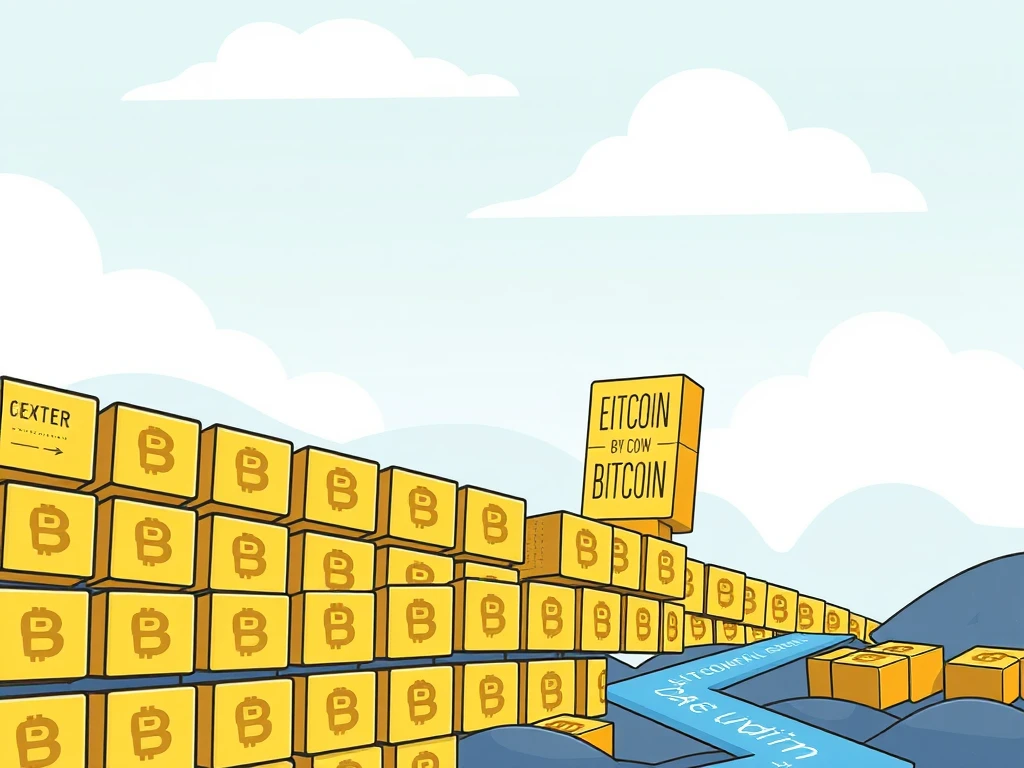Major Bitcoin Core Change: OP_RETURN Limit Removed

Get ready for a significant update coming to the Bitcoin network. Developers behind **Bitcoin Core**, the leading implementation of the protocol, have made a decision that could change how data is stored on the blockchain.
Understanding the OP_RETURN Limit and Its Removal
For years, **Bitcoin transactions** had a limit on the amount of arbitrary data that could be included using a special output type called OP_RETURN. This limit was set at 80 bytes and was intended to discourage non-payment data from consuming valuable block space. However, Bitcoin Core developers recently announced that this limit will be removed in the next network upgrade.
The decision, outlined in a GitHub announcement by developer Greg Sanders, means that future Bitcoin Core releases will, by default, relay and mine transactions with OP_RETURN outputs exceeding 80 bytes. Furthermore, there will be no limit on the number of these outputs within a transaction.
Greg Sanders explained that the original 80-byte limit, intended as a ‘gentle signal,’ is no longer effective. He noted that people found ways around the limit, often using methods like fake output addresses, which are less efficient and potentially more harmful to the network’s health than using OP_RETURN.
The popularization of **inscriptions** (associated with the Ordinals protocol) in early 2024 highlighted how users were already finding alternative, sometimes more ‘abusive,’ ways to store larger amounts of **blockchain data** on the network. Sanders argued that the cap merely pushed users towards more opaque methods, causing network damage regardless.
Why Remove the Limit? Perceived Benefits
Removing the **OP_RETURN** limit is expected to bring several benefits:
- **Cleaner UTXO Set:** The UTXO (Unspent Transaction Output) set is a crucial database of spendable transaction outputs. By channeling data storage through unspendable OP_RETURN outputs rather than fake spendable ones, the UTXO set can potentially become cleaner and more manageable.
- **Consistent Network Behavior:** With some mining services already ignoring the limit, removing it creates more consistent rules across the network for how transactions are relayed and mined.
- **Alignment with Usage:** The change aligns the protocol’s rules with how users are actually utilizing the blockchain, particularly in the context of **inscriptions** and storing various forms of **blockchain data**.
Developers considered keeping the limit, raising it, or removing it entirely. The decision to remove it was made after gaining broad support within the development community, although it was not unanimous.
Controversy and Concerns
Despite the developer consensus, the removal of the **OP_RETURN** limit is not without controversy. Critics have voiced concerns about the process and potential implications.
Bitcoiner Samson Mow commented on X that many users find the change undesirable and highlighted that users can choose not to upgrade their nodes to the new version or run alternative implementations.
A key criticism is the perceived lack of a broader consensus process involving the wider Bitcoin community beyond just the Core developers. Marty Bent, managing partner at Ten31 Fund, stated that there is clearly no community-wide consensus on this issue at the moment.
Other concerns raised include the potential for the change to deprioritize Bitcoin’s primary function as a financial utility by making it easier to store non-financial **blockchain data**. Some critics also hinted at potential conflicts of interest, though specifics were not detailed in the provided information.
What This Means for Bitcoin Transactions and Data
The removal of the **OP_RETURN** limit signifies a shift in how **Bitcoin Core** developers view the use of the blockchain for data storage beyond simple payments. While proponents see it as a pragmatic response to existing usage patterns and a way to clean up the UTXO set, critics worry about the long-term impact on network efficiency and Bitcoin’s core purpose. The debate highlights the ongoing tension between Bitcoin’s role as a peer-to-peer electronic cash system and its emergent uses for storing various forms of digital data, particularly through **inscriptions**. Users and node operators will ultimately decide whether to adopt the new version, potentially leading to continued discussion and diverse implementations within the network ecosystem.









